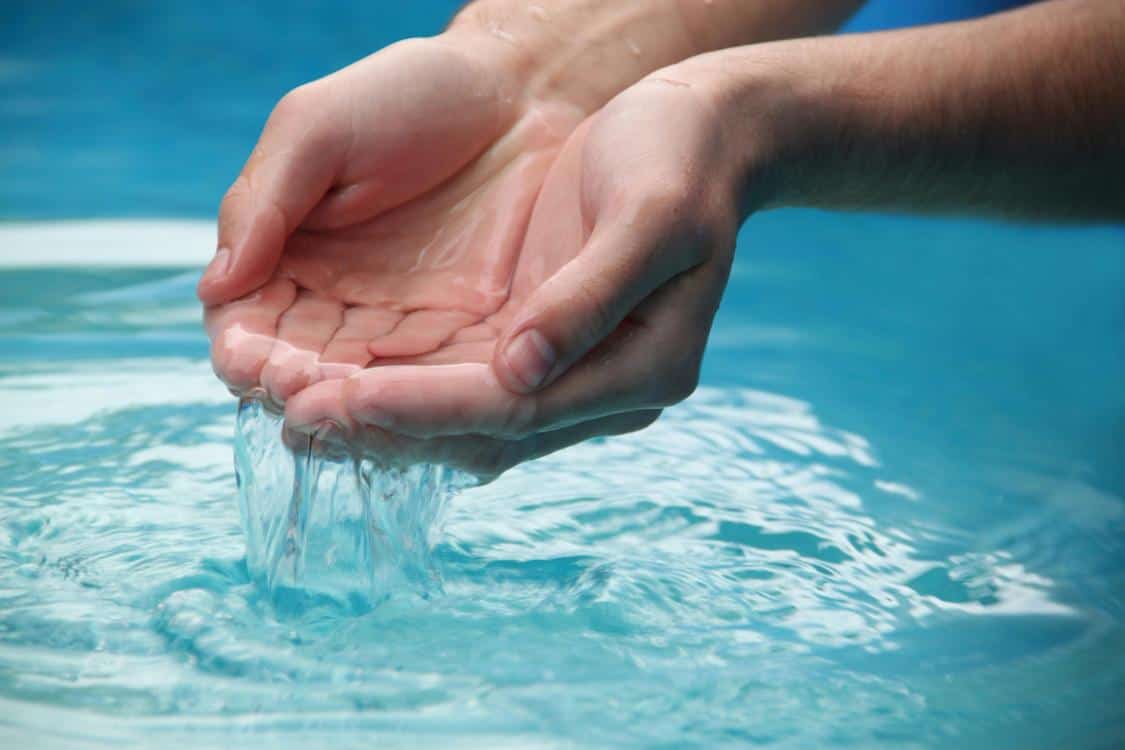The fingertips are incredibly sensitive, and injuries to them can be serious. It’s important to keep a finger injury clean and change the bandage regularly.
Pat skin dry after a shower, rather than rubbing. Also, slather on moisturizer daily. Use a lotion or cream with humectants and emollients to lock in moisture, and follow recommendations from your dermatology provider.
1. Moisturize
Whether you’re washing dishes, cleaning, typing or doing any number of other tasks, your hands are constantly exposed to chemicals and soaps. Over time, this can lead to dryness and cracked fingertips. The good news is that this peeling usually gets better on its own. If you’re able to avoid the irritants that cause it, reduce exposure to extreme heat or cold and moisturize effectively, you should see your symptoms improve with time. Occasionally, you may need to treat it with prescription or over-the-counter medications and/or seek medical attention if your symptoms persist.
Excessive handwashing can dry your skin, causing fingertips peeling, especially if you use harsh soaps or wash with hot water. It can also erode the lipid layer of your skin’s surface, which allows soap to get into more sensitive layers and can lead to irritation and peeling.
A lack of certain vitamins, such as niacin (vitamin B-3) or vitamin A, can contribute to this problem as well. Taking medication such as hydrocortisone or calcineurin inhibitors, which are used to treat autoimmune diseases such as lupus and psoriasis, can also lead to dry skin of the fingertips.
When you wash your hands, moisturizing immediately afterwards is important to prevent dryness and cracking of the cuticles. You can use a hand cream or ointment that contains shea butter, jojoba oil, dimethicone, glycerin or other hydrating ingredients. Avoid lotions that contain fragrances, as these can irritate your skin.
Another option is to use a natural humectant, such as honey or milk. Apply a small amount to your fingertips and massage it in. Leave the mixture on for 30 minutes before rinsing it off. Repeat the process thrice daily for best results.
It’s also helpful to avoid letting your skin dry out in the first place by moisturizing regularly and using an emollient after each handwashing. You can also invest in a humidifier for your home during the winter to introduce moisture to the air and help prevent dry skin.
2. Exfoliate

Skin peeling can be a sign of an underlying health condition. It can also happen because of environmental irritants or as a side effect of some medications. When this occurs, you will need to treat the cause and/or the symptoms to get rid of them.
In many cases, a natural remedy will help to alleviate the problem. For example, using a moisturizer containing jojoba oil or sesame oil will hydrate the fingertips and surrounding skin. These oils are rich in essential fatty acids that can penetrate the dryness and promote healthy skin.
Another good tip is to exfoliate your skin a few times per week. Whether you choose to do it physically with a pumice stone or a scrub or chemically with an acid-based exfoliator, be sure to use a gentle method. You don’t want to over-exfoliate because it can lead to dryness and irritation.
Frequent hand washing with harsh soaps can also cause your skin to become dry and flaky, especially the tips of your fingers. This is because the frequent scrubbing of your hands can erode the lipid layer, which is responsible for keeping the skin soft and hydrated. You can also prevent this issue by washing your hands only when needed and moisturizing afterward. Additionally, you should avoid drying your hands with rough paper towels.
Other natural ways to exfoliate include using a textured cloth or glove that allows you to physically rub away the dead skin cells. These are great options for people with sensitive skin, because they aren’t as abrasive as traditional scrubs or tools. Lastly, there are many over-the-counter exfoliators on the market that are perfect for your fingertips. Just make sure you read the label carefully and only use it a few times per week.
If your peeling fingertips continue to worsen, even after trying the above suggestions, it’s important to consult with a doctor. They will be able to determine what’s causing the problem and recommend treatment accordingly. For instance, the doctor may recommend that you see a dermatologist for further evaluation. This way, you can get the right diagnosis and find the proper treatment to cure your peeling fingertips.
3. Relieve Pain
The delicate skin on your fingertips is especially vulnerable to pain and injury. The fingertip area includes the skin, nail and underlying fingernail bed, as well as fat tissue that acts as a padding to protect against injury. Because of this, fingers tend to get irritated easily, and repeated irritation can result in peeling. The most common causes of painful fingertip peeling are group A streptococcus infections like scarlet fever; allergies such as contact dermatitis and eczema; autoimmune diseases such as psoriasis and erythrodermic psoriasis; chronic illnesses such as diabetes, Raynaud’s phenomenon, and radiation therapy; and environmental factors including cold temperatures and excessive water exposure.
Minor injuries such as a splinter, thorn or biting the nail can cause secondary infections that affect the folds around the nails or in the space between the nail and the cuticle. These include paronychia and felon abscesses that are characterized by pain, redness, tingling, swelling, tenderness and difficulty moving the affected digit. These conditions require a thorough evaluation, warm or Betadine soaks, antibiotics, incision and drainage when severe, and proper bandage care to prevent infection and speed healing.
When you injure your fingertip, the first thing you should do is rest it to decrease throbbing and swelling. You can prop up the hand with pillows or wear a splint to support it. Ice packs are also helpful in decreasing pain and swelling.
Your doctor will formulate a treatment plan after thoroughly assessing your injury. If bleeding under the nail (subungual hematoma) is present, your doctor may drain it by piercing the fingernail and will most likely give you an antibiotic and a tetanus shot. If the injury is severe, reconstructive surgery with flaps or tissue transfer from a healthy digit may be required.
The best thing you can do for your fingertip injuries is to keep them clean and dry by using fragrance-free, hypoallergenic moisturizing cream or ointment that’s occlusive in nature, such as Aveeno Therapy Itch Relief Balm. Also avoid harsh soaps that can dry out the skin, as well as smoking and hot showers/baths that build a lot of lather.
4. Apply a Bandage
Whether you slam your finger in a door or cut your knuckle on a lawnmower blade, minor cuts to the fingertips can happen at work and home. It’s important to keep them clean, dry and bandaged properly. That way, you can avoid infection and continue your daily activities.
It’s best to use a bandage that’s designed for fingers or knuckles and is flexible. This allows the user to move normally, keeping dexterity and grip strength. It also provides good wound coverage without restricting movement. If you can’t find a specific type of wound dressing for the fingers, you can opt for a tubular bandage or other similar product.
Apply the bandage in a figure-eight pattern over the fingers and hand, allowing two thirds of each finger to remain visible. This helps with circulation and prevents the wound from becoming too tight. Make sure the bandage doesn’t touch or irritate the wound, as this can lead to further irritation and slow healing. If you notice any signs of infection, such as a foul smell or swelling of the finger, see a doctor right away to avoid serious complications.
If the fingertip is severely cut or completely severed, it’s essential to seek emergency treatment as soon as possible. This will help control the bleeding and allow doctors to assess the injury and determine if stitches are needed.
A severed fingertip may bleed more than other types of injuries, so be prepared with a supply of gauze pads and sterile water. A person should also save the severed portion of their finger and wrap it in a clean cloth or gauze, put it in a plastic bag and bring it with them to urgent care or the emergency department.
It’s also important to check the wound daily for signs of infection, such as redness, warmth and tenderness. Infection can cause pain, a foul odor and a delay in healing. Be sure to wash your hands before touching the injured area and always wear gloves when cleaning or handling dirty equipment. Also, make sure you’re up to date with your tetanus shot to protect against future infections.

